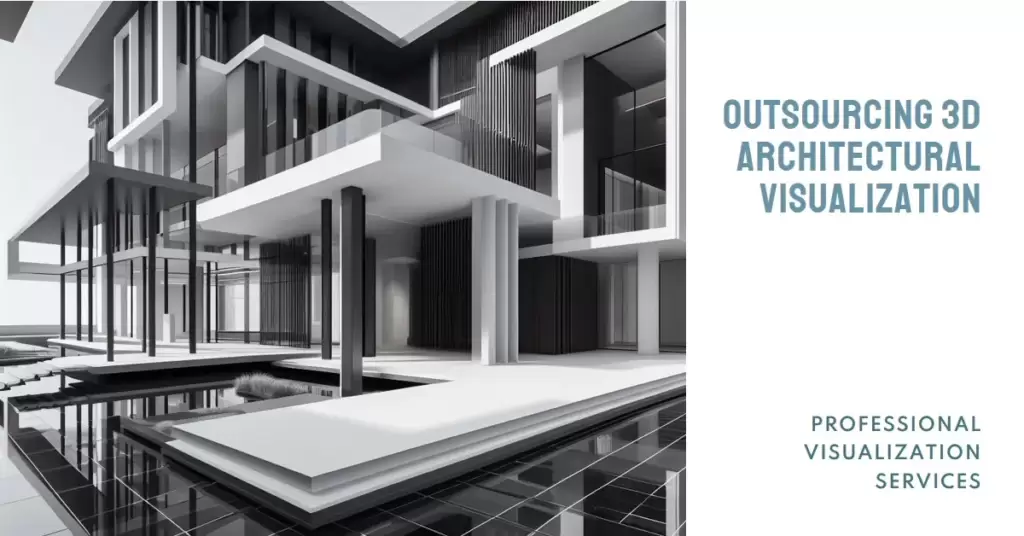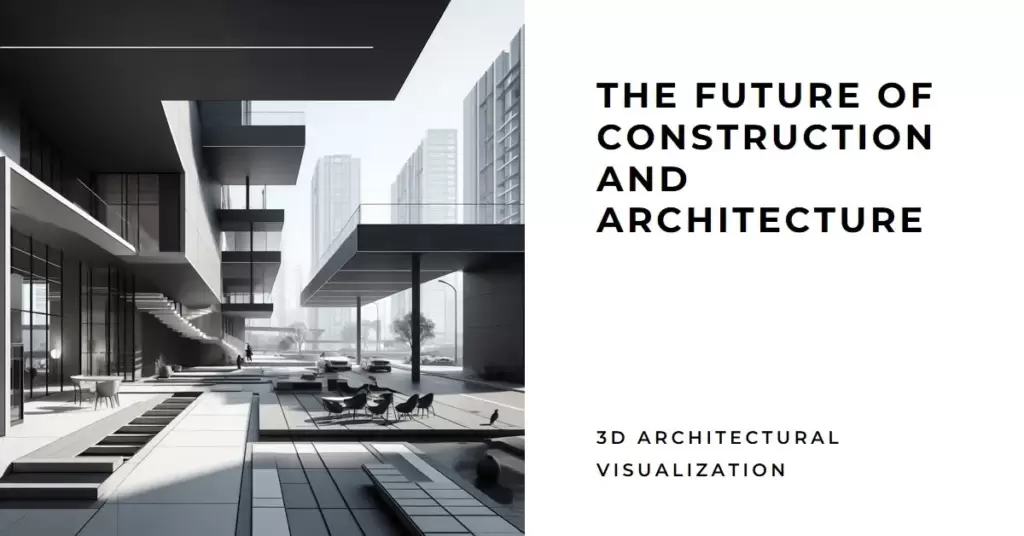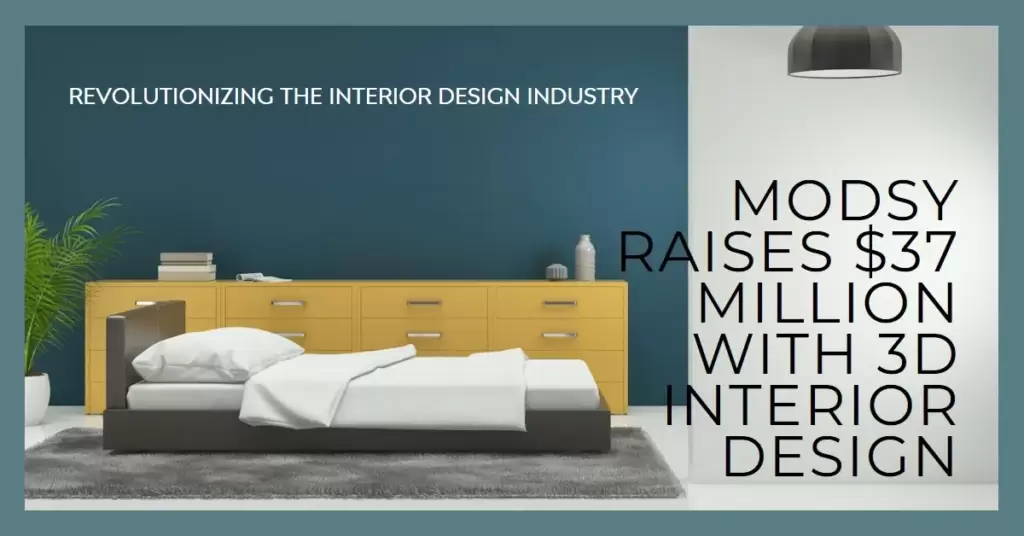
Table of Contents
1. Introduction: The Strategic Landscape of 3D Architectural Visualization Outsourcing
In the intricate world of architectural design, 3D visualization stands as a pivotal tool for bringing ideas to life. However, the question of whether to handle every aspect in-house or strategically outsource certain elements is a critical decision for firms. This exploration delves into the various facets of the 3D architectural visualization process and identifies which parts are conducive to outsourcing, providing a roadmap for firms aiming to optimize efficiency, quality, and cost-effectiveness.
2. “Conceptualization and Design: The Core In-House Foundation”
At the heart of any architectural project lies the conceptualization and design phase, a realm where the unique vision and creative input of in-house architects are paramount. This phase is the bedrock upon which the entire project stands, and maintaining control internally ensures that the design aligns seamlessly with the client’s vision and the firm’s design ethos. While outsourcing specific design elements might seem tempting for cost-saving, the intricacies of architectural vision are best preserved when handled in-house.
3. “3D Modeling: Balancing Precision and Efficiency”
The process of 3D modeling, a crucial step in transforming design concepts into tangible visualizations, presents an interesting outsourcing dilemma. While the foundational framework of the model often benefits from in-house expertise, the scalability demands of larger projects might warrant outsourcing. Strategic partnerships with external 3D modeling experts can provide a balance between precision and efficiency, especially when time constraints or project complexity necessitate additional resources.
4. “Rendering: Optimizing for Speed and Quality”
Rendering, the process of converting 3D models into lifelike images, requires a delicate balance between speed and quality. In-house rendering capabilities may be limited by hardware constraints or tight deadlines. Outsourcing rendering tasks to specialized firms equipped with powerful hardware and optimized workflows can significantly accelerate project timelines without compromising on the quality of the final visualizations.
5. “Texturing and Lighting: External Expertise for Realism”
The artistry of texturing and lighting plays a pivotal role in imbuing 3D visualizations with realism and ambiance. While in-house teams can handle standard projects, outsourcing to specialists becomes advantageous for complex projects requiring intricate detailing. External experts proficient in the nuances of materials and lighting techniques can elevate visualizations to a level of sophistication that might be challenging to achieve solely in-house.
6. “Animation and Walkthroughs: Enhancing Dynamic Presentations”
When it comes to creating dynamic presentations such as animations and walkthroughs, outsourcing becomes a strategic move. These elements often demand specialized skills and software that may not be part of the regular in-house toolkit. Collaborating with animation studios or specialists ensures that the final product meets industry standards for fluidity and visual impact, enhancing the overall presentation of the architectural design.
7. “Quality Assurance: The In-House Guarantee”
Maintaining control over the quality assurance process is a critical aspect of delivering impeccable 3D visualizations. In-house teams are intimately familiar with the project’s nuances, design intent, and client expectations. While external firms can assist in the QA process, the final stamp of approval should ideally come from the in-house team to ensure that the visualizations align perfectly with the original design vision.
8. “Project Management: Finding the Right Balance”
The project management aspect of 3D architectural visualization is a multifaceted task that involves coordinating various teams and ensuring timely deliverables. While certain project management tasks can be effectively outsourced, maintaining a core in-house project management team is essential for seamless communication, alignment with overall project goals, and swift decision-making, especially when navigating complex design iterations and client interactions.
9. “Client Interaction and Feedback: In-House Expertise for Understanding”
Direct interaction with clients, understanding their feedback, and making real-time adjustments are aspects that are best handled in-house. In-house teams are intimately connected with the project’s vision, enabling them to interpret client feedback more effectively. While outsourcing firms can certainly adapt to client feedback, the nuanced understanding of the project’s intricacies is often better served by the internal team actively engaged in the design process.
10. “Post-Production and Marketing: Crafting the Final Narrative”
Post-production touches and the crafting of a compelling narrative for marketing purposes are often strategic areas for outsourcing. External agencies specializing in post-production enhancements, such as adding atmospheric effects or creating marketing collateral, can bring a fresh perspective. This collaboration ensures that the final visualizations not only meet design standards but are also optimized for marketing and client presentations.


Conclusion: Striking the Right Balance for Optimal Results
In conclusion, navigating the 3D architectural visualization process involves a delicate dance between in-house expertise and strategic outsourcing. While certain elements like conceptualization, design, and client interaction are best kept in-house for a more intimate understanding, aspects such as rendering, animation, and post-production can benefit from the specialized skills of external partners. Striking the right balance is the key to optimizing efficiency, maintaining quality, and achieving cost-effectiveness in the dynamic world of architectural visualization.


